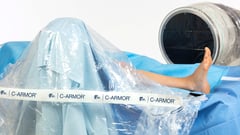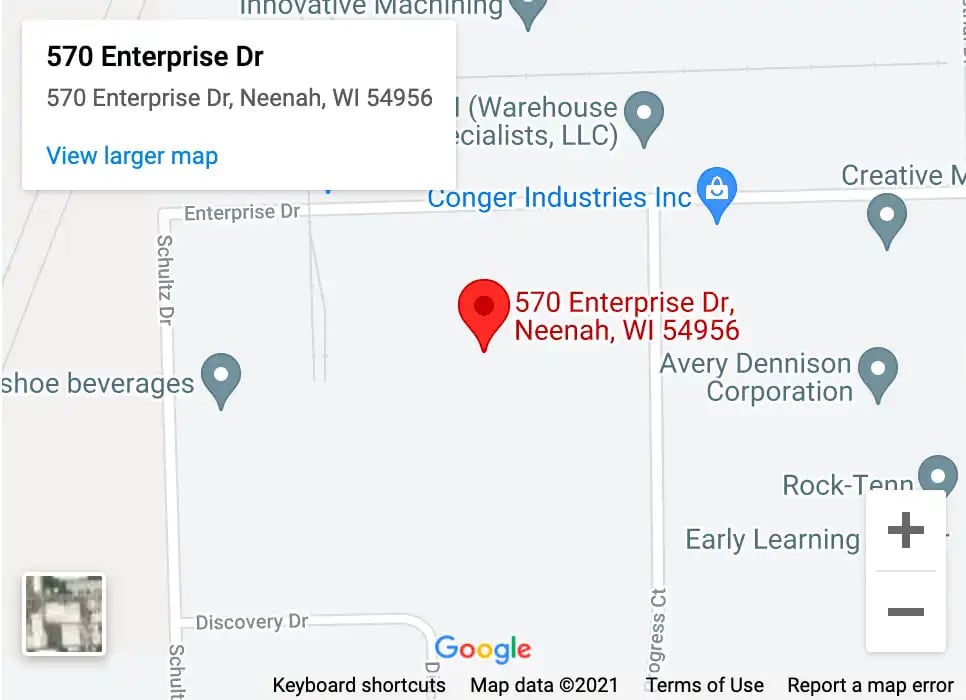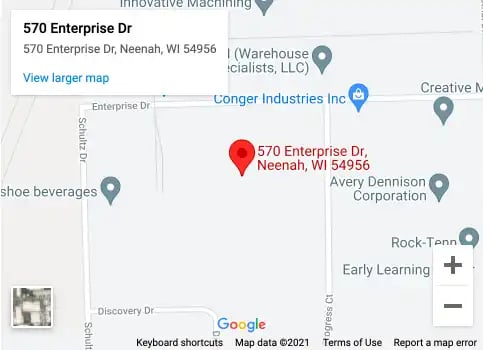REFERENCES
1 DiBardino, D., et al: Metaanalysis: Multidisciplinary fall prevention strategies in the acute care inpatient population. Journal of Hospital Medicine, 7(6), 497Y503. doi:10.1002/jhm.1917.
2 Hitcho E.B., et al.: Characteristics and circumstances of falls in a hospital setting: A prospective analysis.
J Gen Intern Med 19:732–739, Jul. 2004.
3 Enloe M., et al.: Falls in acute care: An academic medical center six-year review. J Patient Saf 1:208–214, Dec. 2005.
4 Chelly J.E., et al.: Risk factors and injury associated with falls in elderly hospitalized patients in a community hospital. J Patient Saf 4:178–183, Sep. 2008.
5 Healey F., et al.: Falls in English and Welsh hospitals: A national observational study based on retrospective analysis of 12 months of patient safety incident reports. Qual Saf Health Care 17:424–430, Dec. 2008.
6 Schwendimann R., et al.: Characteristics of hospital inpatient falls across clinical departments. Gerontology
7 Centers for Disease Control and Prevention, National Center for Injury Prevention and Control. Web–based Injury Statistics Query and Reporting System (WISQARS) [online]. Accessed December 2013.
8 Wu S.,et al: A cost-effectiveness analysis of a proposed national falls prevention program. Clinics in Geriatric Medicine, 2010 Nov; 26(4):751-66
9 Catherin A. Wong, M.P.H., et al: The Cost of Serious Fall-Related Injuries at Three Midwestern Hospitals, The Joint Commission Journal on Quality and Patient Safety, Feb. 2011 Volume 37 Number 2











